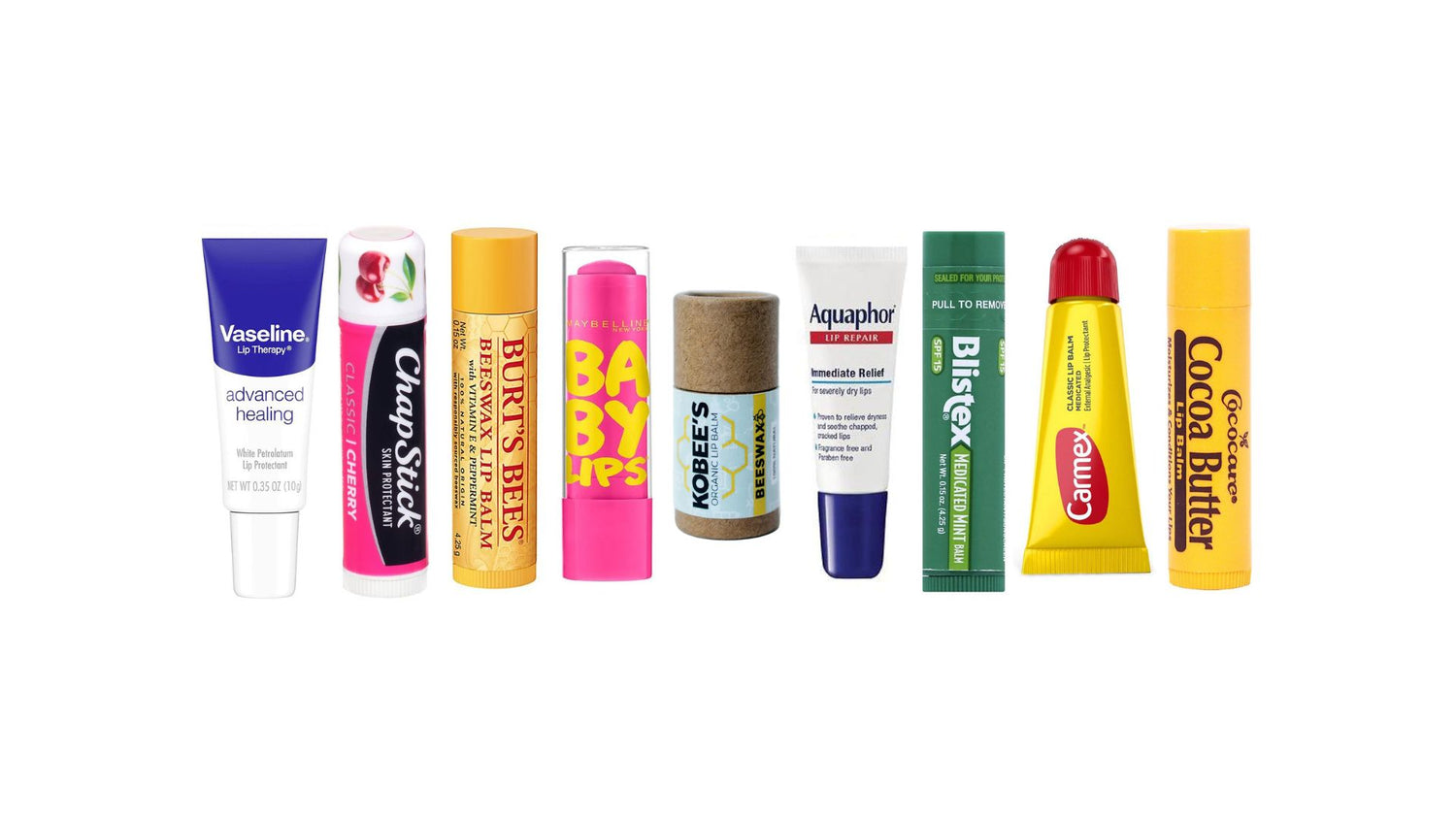Chapped lips aren’t a recent annoyance in human history, in fact, the cure to dry lips is something our ancestors have been trying to solve since 40 B.C. As an integral part of daily routines for most people today, we generally don't stop to think about lip balm and its evolution. What are the origins of lip care and how did it evolve into the brands we have today?
The first evidence of a cure for dry lips can be traced back to the Ancient Egyptians in 40 B.C. At this time, beeswax and other natural ingredients, such as olive oil and animal fats, were used to create a lip balm-like treatment. This balm was predominately used by the rich and powerful, most notably Cleopatra. For hundreds of years, lip care remained relatively the same, that is until late 1870 when inventor, Robert Chesebrough, patented his new creation: Vaseline. The new product was made from petroleum jelly, a substance created by combining water and accumulated residue of petroleum rods in oilfields. This natural, waxy product was rich in minerals and had visible skin-repairing properties. Two short years after the product's branding, Vaseline Jelly became a monumental success with one tin being sold per minute throughout the United States.
About 10 years later, Charles Brown Fleet created what we now call ChapStick. Resembling a wick-less candle wrapped in foil, the new product lacked sales and overall success assumably due to its unattractive design. In 1912, Dr. Fleet sold the formula to his friend, John Morton. Through experimenting with the formula, John's wife came up with the idea to pour the melted ingredients into brass tubes to create sticks of lip balm. John Morton's wife's inventive and creative spirit launched a lip balm tube craze we still see on the store shelves today.
Since its humble origins in Ancient Egypt, lip balm and its ever evolving solution to dry, chapped lips has taken the world by storm. In the years following the creation of Vaseline and ChapStick, companies such as Carmex, Kiehl's, and LipSmackers tried their luck in the world of lip balm each with new, unique formulas. What once began as a simple, handmade combination of beeswax and oils evolved into a plethora of elaborate, manufactured concoctions. With hundreds of brands today all claiming to have the cure for chapped lips, it can be hard to choose which is the best. To make your lip balm decision even more complicated, many brands have a long list of ingredients you've probably never heard of. That is why Kobee's is here to help make your lip balm decision a little bit easier by standing out from the rest.
At Kobee’s, we believe that simple is better. Our four main ingredients are made by and found in nature and are purposefully selected for a lip benefitting purpose. Kobee’s is on a mission to create simple, natural lip balm that really works and doesn’t require a chemistry class in order to understand the ingredients. To learn more about our ingredients and how Kobee’s is doing things differently, check out this article: Minimal Impact With Maximum Benefit.
For more information on the history of lip balm, click here. Check out these links to learn more about the history of Vaseline and ChapStick.


